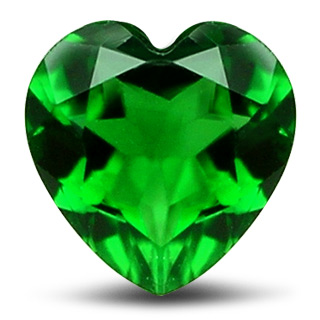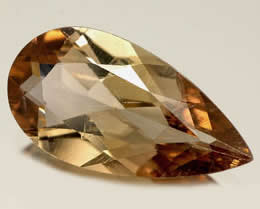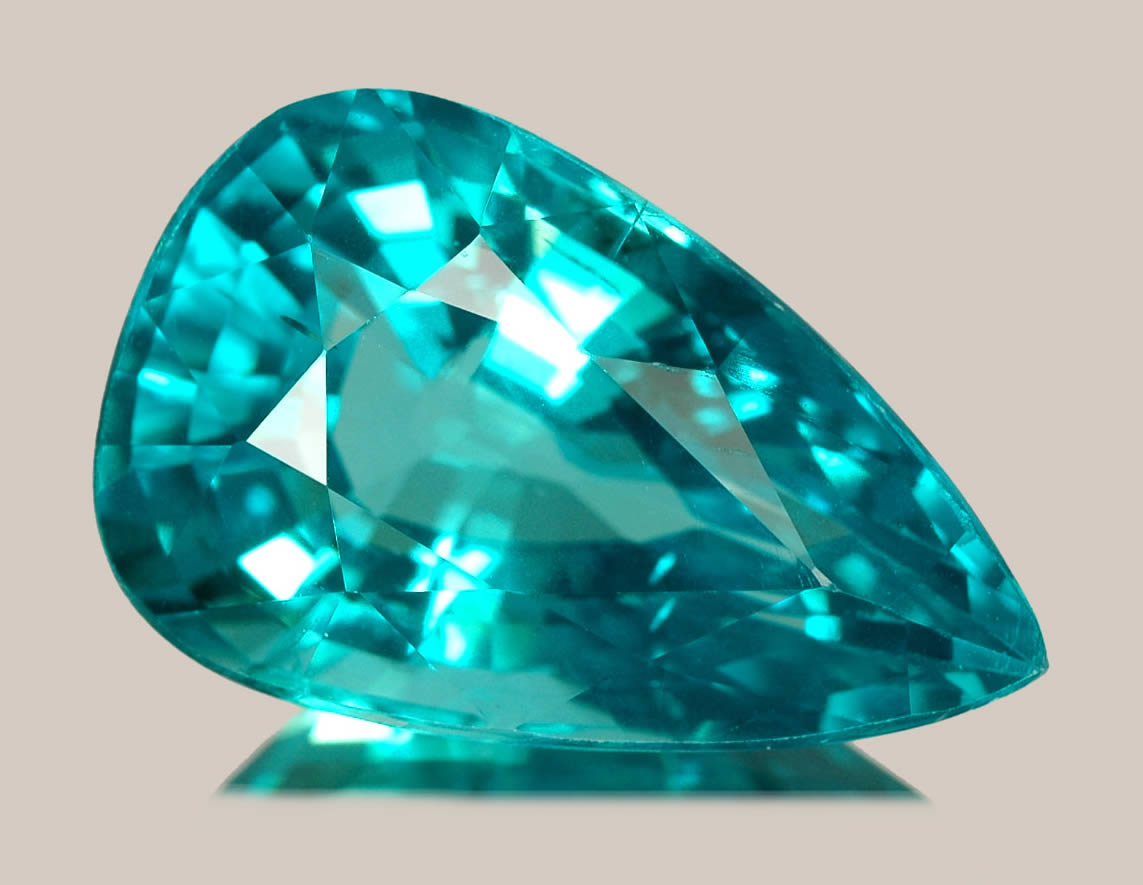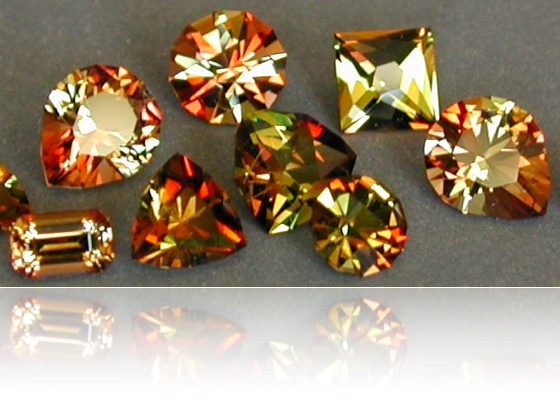Chrome Diopside
Looking for a fine green gemstone with rich color and excellent clarity? Diopside is a monoclinic pyroxene mineral. The name Diopside is derived from the Greek word ‘di’ meaning two, and ‘opsis’, meaning vision.
Chrome Diopside’s popularity rose in 1988 when material surfaced in Europe. Dealers raved about its green color that resembled that of Tsavorite and Chrome Tourmaline at a fraction of the cost. Since then, Chrome Diopside has been granted class one export status among Russia’s mineral resources, a ranking that includes Diamond, Emerald, and Alexandrite.
The important diopside find in Russia is in eastern Siberia, close to the famous diamond mines. This diopside is colored by chromium, the same element that gives the color to ruby, emerald and alexandrite. The color was spectacular; chrome diopside literally glows with green.
However, there are a few limitations to this gem. First, chrome diopside can actually suffer from too much green. In larger sizes the tone can be very dark. Careful cutting is required in the larger sizes to keep the angles slightly shallow to improve brilliance. But in smaller sizes (under 2 carats) the color is exceptionally vivid and fresh.
The main factor to consider when purchasing Chrome Diopside is the color, with medium dark green stones being at the pinnacle of the value spectrum. The quality of the cut will also significantly enhance the value considerably by adding brilliance and scintillation. Specimens over 2 carats displaying a rich green color are incredibly rare and will naturally demand high premiums.
Diopside is believed to be a creative stone, increasing creative visualization and helping to manifest desired goals. It has also been said that it can improve the wearer’s intellect, particularly with regards to mathematical and analytical abilities. In addition to this, Diopside is believed to alleviate aggression and stubbornness, and is said to be related to love, commitment, and the inner heart.
Physically, Diopside is believed to heal the heart, lungs, and the circulatory system. It is also believed to aid with psychological disorders and weaknesses.









